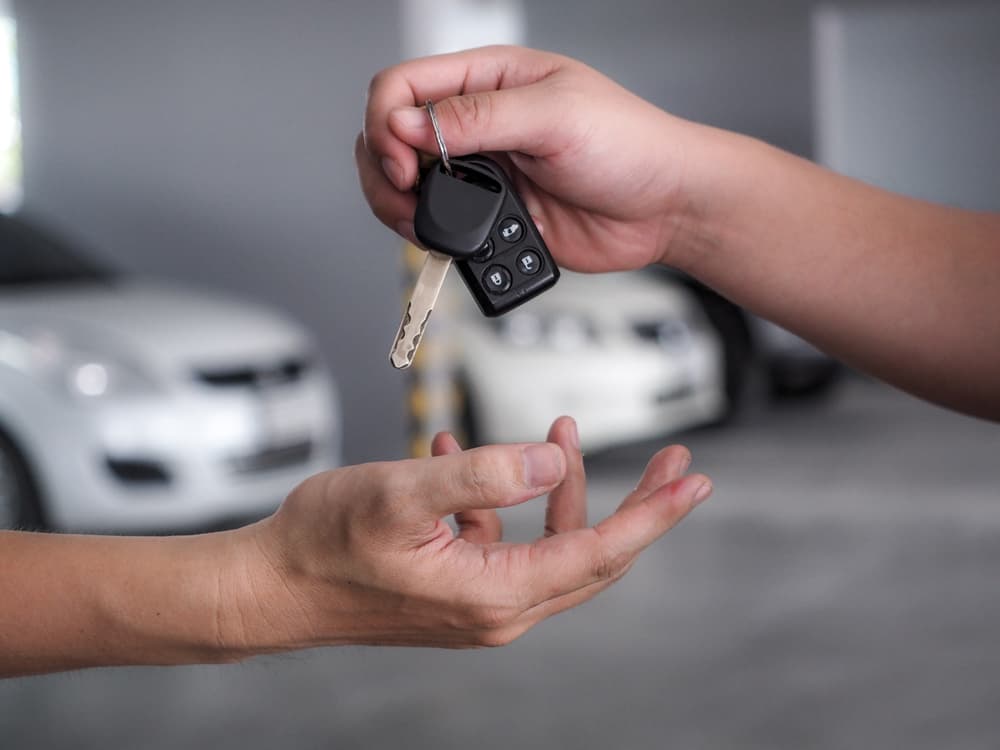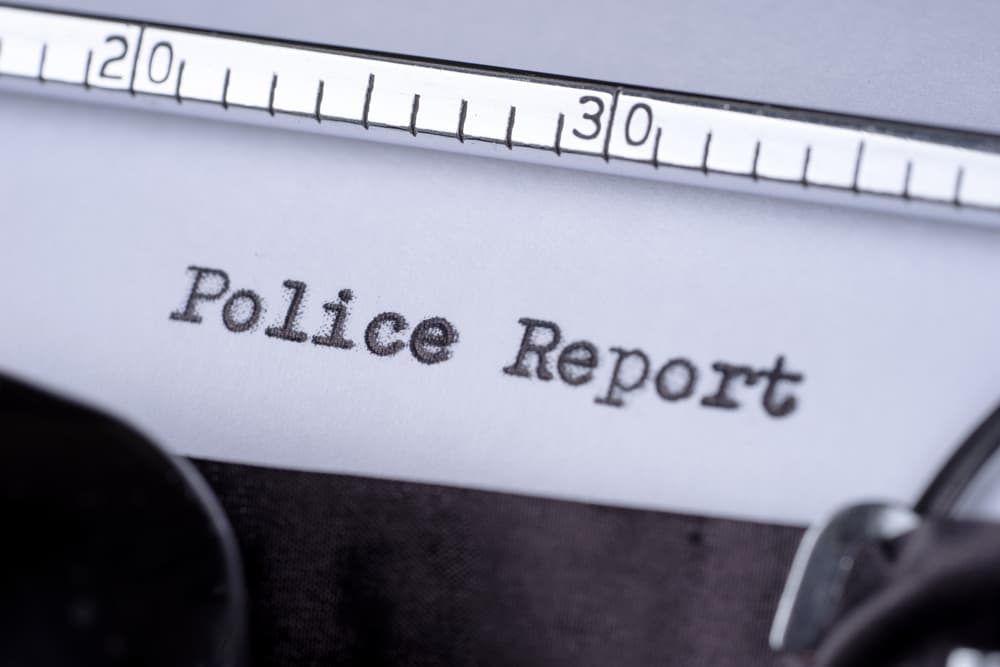When it comes to car accidents, determining liability can be a complicated process. In many cases, the vehicle’s driver is responsible for any damages or injuries caused by their actions. However, the car’s owner may also face liability, even if they were not directly involved in the accident.
These situations are complicated, so always consult a car accident lawyer who can determine who should be liable for your accident and injuries.
Owner Liability: When the Car Owner is Responsible
Car owners are generally not automatically liable for accidents caused by someone else driving their vehicle. However, several situations exist where a car owner may be responsible for damages or injuries resulting from an accident, even if they were not behind the wheel.
Negligent Entrustment

In one scenario, a car owner may be liable for an accident: “negligent entrustment.” This occurs when a vehicle owner knowingly allows someone else to drive their car despite having reason to believe that the person is not fit to operate the vehicle safely.
For example, suppose a car owner lends their vehicle to a friend who they know has a history of reckless driving or has been convicted of multiple DUIs. In that case, the owner may be held liable for any accidents caused by that friend while driving the car. This is because the owner had a duty to exercise reasonable care in entrusting their vehicle to someone else, and they failed to do so by allowing an unfit driver to operate the car.
To prove negligent entrustment, the plaintiff (the person bringing the lawsuit) must typically show that:
- The car owner entrusted their vehicle to another person
- The person entrusted with the vehicle was unfit to operate it safely
- The car owner knew or should have known that the person was not fit to operate the vehicle
- The person given the vehicle caused an accident while driving it
If all these elements are present, the car owner may be responsible for any damages or injuries from the accident, even if they did not directly participate in the crash.
Vicarious Liability
Another situation in which a car owner may be held liable for an accident caused by someone else is “vicarious liability.” This legal doctrine states that an employer or principal can be responsible for the actions of their employees or agents if those actions occur within the scope of their employment or agency.
In car accidents, the employer may be liable for any resulting damages or injuries if an employee causes an accident while driving a company vehicle or performing work-related duties. This is because the employer is responsible for the actions of their employees while they are working.
For example, suppose a delivery driver causes an accident while making deliveries for their employer. In that case, the employer may be liable for any damages or injuries resulting from the crash. Similarly, suppose an employee uses a company car for personal errands and causes an accident. In that case, the employer may still be liable if the employee acted within the scope of their employment during the crash.
To prove vicarious liability, the plaintiff must typically show that:
- The person who caused the accident was an employee or agent of the defendant (the car owner)
- The accident occurred while the employee or agent was acting within the scope of their employment or agency
If these elements are present, the car owner (in this case, the employer) may be liable for any damages or injuries caused by the accident, even if they were not directly involved in the crash.
Negligent Maintenance
A third scenario in which a car owner may be held liable for an accident is if they fail to properly maintain their vehicle, contributing to the cause of the crash. All car owners have a legal duty to keep their vehicles in a reasonably safe condition, and if they fail to do so, they may be held responsible for any accidents that result.
For example, suppose a car owner fails to regularly maintain their brakes, which causes the brakes to fail while someone else is driving the vehicle, resulting in an accident. In that case, the car owner may be held liable for any damages or injuries caused by the crash. This is because the owner had a duty to ensure that their vehicle was safe to operate, and they failed to fulfill this duty by neglecting to properly maintain the brakes.
To prove negligent maintenance, the plaintiff must typically show that:
- The car owner had a duty to maintain their vehicle in a reasonably safe condition
- The car owner breached this duty by failing to properly maintain the vehicle
- The failure to properly maintain the vehicle was a direct and proximate cause of the accident
- The plaintiff suffered damages or injuries as a result of the accident
If all these elements apply, the car owner may be liable for any damages or injuries from the accident, even if they were not driving the vehicle at the time of the crash. Your car accident attorney can file the proper insurance claims if the car owner should be liable.
Driver Liability: When the Driver is Responsible
In most car accident cases, the vehicle’s driver is the primary liable party. Drivers have a legal duty to drive safely and responsibly. If they fail to do so and cause an accident, they can be held responsible for any resulting damages or injuries.
Negligence
The most common theory of driver liability in car accident cases is negligence. Negligence occurs when a driver fails to exercise reasonable care and caution while operating their vehicle, causing an accident and resulting in damages or injuries.
To prove negligence, the plaintiff must typically show that:
- The driver had a duty to drive in a safe and reasonable manner
- The driver breached this duty by failing to exercise reasonable care and caution
- The driver’s breach of duty was a direct and proximate cause of the accident
- The plaintiff suffered damages or injuries as a result of the accident
Examples of driver negligence may include:
- Speeding
- Running red lights or stop signs
- Failing to yield the right of way
- Driving while distracted (e.g., texting while driving)
- Driving under the influence of alcohol or drugs
If a driver engages in any of these behaviors and causes an accident, they may be liable for any damages or injuries resulting from the crash.
Recklessness
Sometimes, a driver’s actions may go beyond mere negligence and rise to recklessness. Reckless driving occurs when a driver operates their vehicle with a willful or wanton disregard for the safety of others, causing an accident and resulting in damages or injuries.
Examples of reckless driving may include:
- Excessive speeding (e.g., driving 30 miles per hour or more over the posted speed limit)
- Racing or engaging in speed contests on public roads
- Intentionally running red lights or stop signs
- Driving the wrong way on a one-way street or highway
- Fleeing from police in a vehicle
If a driver engages in reckless behavior and causes an accident, they may be liable for any damages or injuries resulting from the crash. Reckless driving may also result in criminal charges and civil liability for any damages or injuries caused by the accident.
Intentional Misconduct
A driver may cause an accident intentionally, with the deliberate intent to cause harm to another person or property. This type of behavior is known as intentional misconduct, which can result in civil and criminal liability for the driver.
Examples of intentional misconduct may include:
- Purposely ramming another vehicle with the intent to cause harm
- Using a vehicle as a weapon to intentionally strike a pedestrian or cyclist
- Intentionally causing an accident to commit insurance fraud
If a driver engages in intentional misconduct and causes an accident, they should be held liable for any damages or injuries resulting from the crash and, depending on the severity of their actions, may also face criminal charges. Your car accident lawyer will handle the civil side of the matter for you.
Shared Fault: When Both Parties Are Responsible
In some car accidents, both the driver and the car owner may contribute to the cause of the crash. The legal doctrine of shared negligence may come into play in these situations, and your car accident attorney can address this complex legal issue.
Shared negligence is a legal principle allowing for apportioning fault between multiple parties in an accident. Under this doctrine, the court determines each party’s liability for the accident based on their relative degree of fault. For example, the car owner might be 30 percent liable and the driver might be 70 percent liable for your losses.
In such situations, multiple insurance claims might be necessary, and your car accident lawyer can file and pursue all applicable claims. Sometimes, they might pursue one claim, and that insurance company might seek reimbursement from another insurer, which might happen behind the scenes. In either case, you need a legal advocate to ensure you receive all the compensation you deserve.
When multiple liable parties are fighting over liability, you do not want it to affect your financial recovery. Your car accident lawyer will protect your rights when shared liability is an issue in your car accident claim. Never wait to consult an experienced legal professional in your area following a crash.
Protecting Yourself: Steps to Take After an Accident
Suppose you are involved in a car accident, whether as a driver or a car owner; there are several steps you can take to protect yourself and your legal rights. These steps can ensure you protect your physical condition and build a strong case for liability and compensation.
Report the Accident

One of the first things you should do after any car accident is to call the police. The responding officers will create an official police report of the accident, which can be important evidence in subsequent legal proceedings. The police report will typically include information about the location and time of the accident, the vehicles and parties involved, any witness statements, and the officer’s initial assessment of fault based on the available evidence.
Even if law enforcement officers did not report to the scene of the accident, you can contact them later and report the incident. Give them your side of the story, being careful not to say anything that might indicate you were to blame.
Seek Medical Attention
If you or anyone involved in the accident has suffered an injury, seek medical attention immediately. Even if your injuries seem minor initially, getting checked out by a medical professional is still a good idea. Some injuries (such as whiplash or concussions) may not be immediately apparent. Seeking prompt medical attention can also help document the extent and severity of your injuries, which can be important evidence in any subsequent legal proceedings.
Keep Documents Organized
As much as possible, maintain receipts for transportation and medication costs, other out-of-pocket expenses, childcare or home care bills, and other things you paid for due to your injuries. File your medical bills and other documentation together to present to your lawyer. Keep correspondence with your employer regarding missed work to better prove lost income. You can also keep a journal of your pain levels and other effects of your injuries from day to day, as this helps demonstrate intangible losses.
Contact a Car Accident Attorney
If you or a loved one has been in a car accident, seek the guidance and representation of an experienced car accident lawyer immediately. An attorney can clarify your legal rights and options, collect essential evidence to support your case and advocate vigorously for the compensation you deserve.
Contact a trusted personal injury attorney today to schedule a free consultation and take the first step toward protecting your rights and securing your future. During this consultation, you can discuss the details of your accident in a confidential setting, allowing the attorney to provide you with personalized advice tailored to your specific circumstances.


